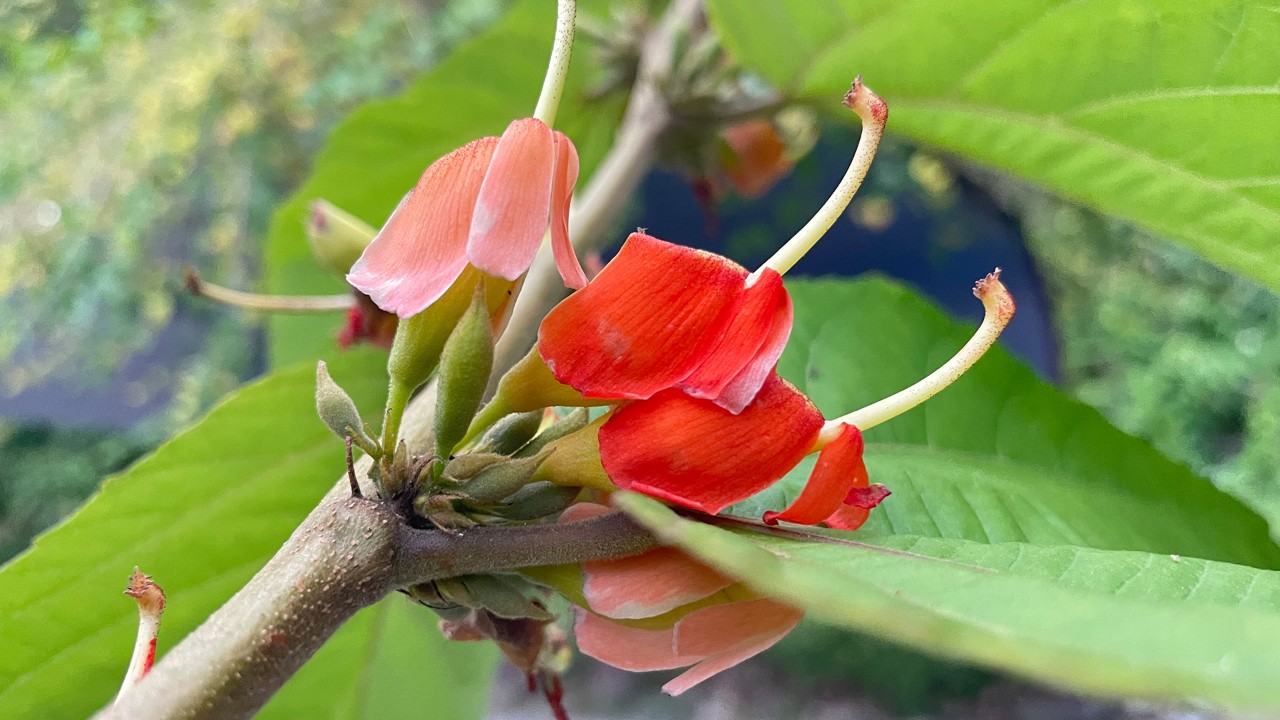
With a vast native range across tropical and subtropical South and Southeast Asia from Pakistan and India through southern China and the Malay Pennisula into Java and the Maluku Islands, chabai tali (Helicteres isora) is a sprawling woody shrub or small tree reaching 4-8 meters in height and usually found in dry, deciduous forests. A former member of the now-obsolete tropical chestnut family (Sterculiaceae), which has since been subsumed into the hibiscus family (Malvaceae), this species is known for its hairy, serrated leaves and curved, tubular brick-red to orange flowers borne in the leaf axils, in clustered inflorescences known as cymes.
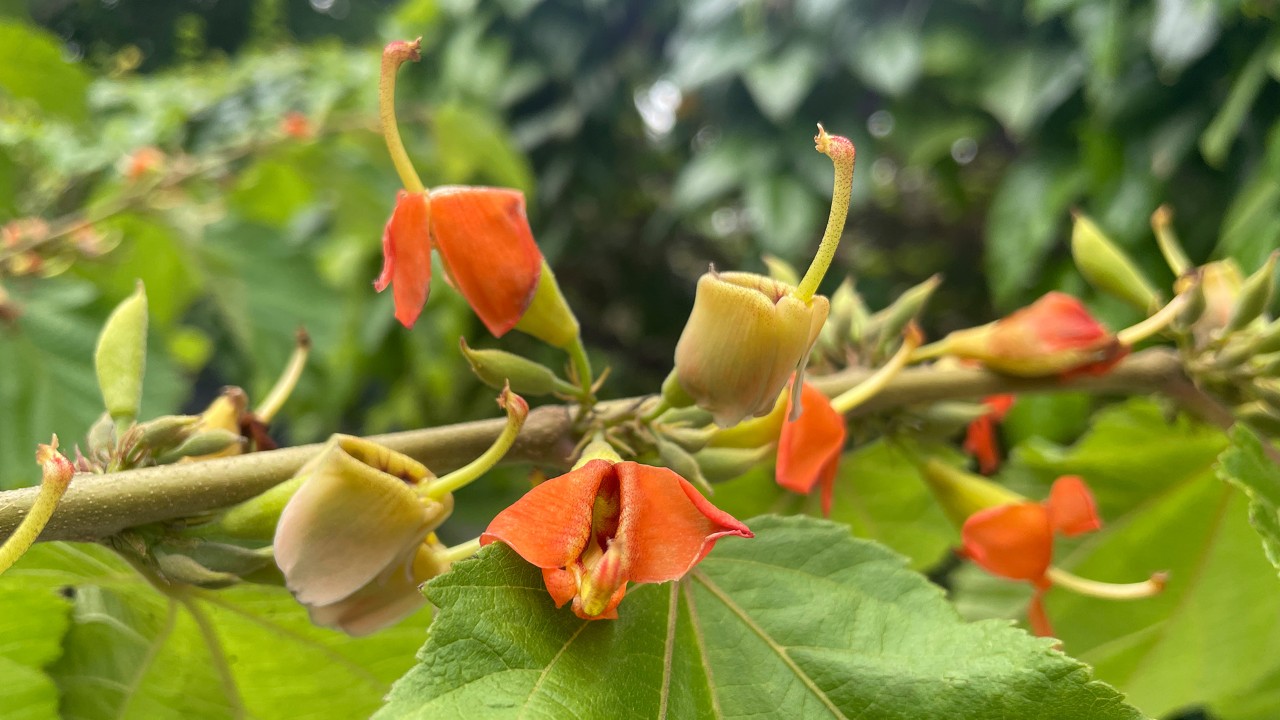 The flowers of H. isora change color from a reddish orange to a yellowish-green with hints of pink as they age. The long stalk coming out of each flower is called a gynophore and bears its five ovaries and pistils at the very tip.
The flowers of H. isora change color from a reddish orange to a yellowish-green with hints of pink as they age. The long stalk coming out of each flower is called a gynophore and bears its five ovaries and pistils at the very tip.
Pollinated by birds such as the jungle babbler and different drongo species, as well as butterflies and bees, the five carpels of the ovary develops into a twisted, screw-like fruit, hence one of its common Malay names, chabai tali, meaning ‘rope-like long pepper’ for its seeming resemblance to the fruit of the Java long pepper (Piper retrofractum) to which it is completely unrelated! Some of the other common names inspired by this species’ unique fruit shape include Indian screw tree, screw tree, or avartani in Sanskrit, meaning ‘rotating’.
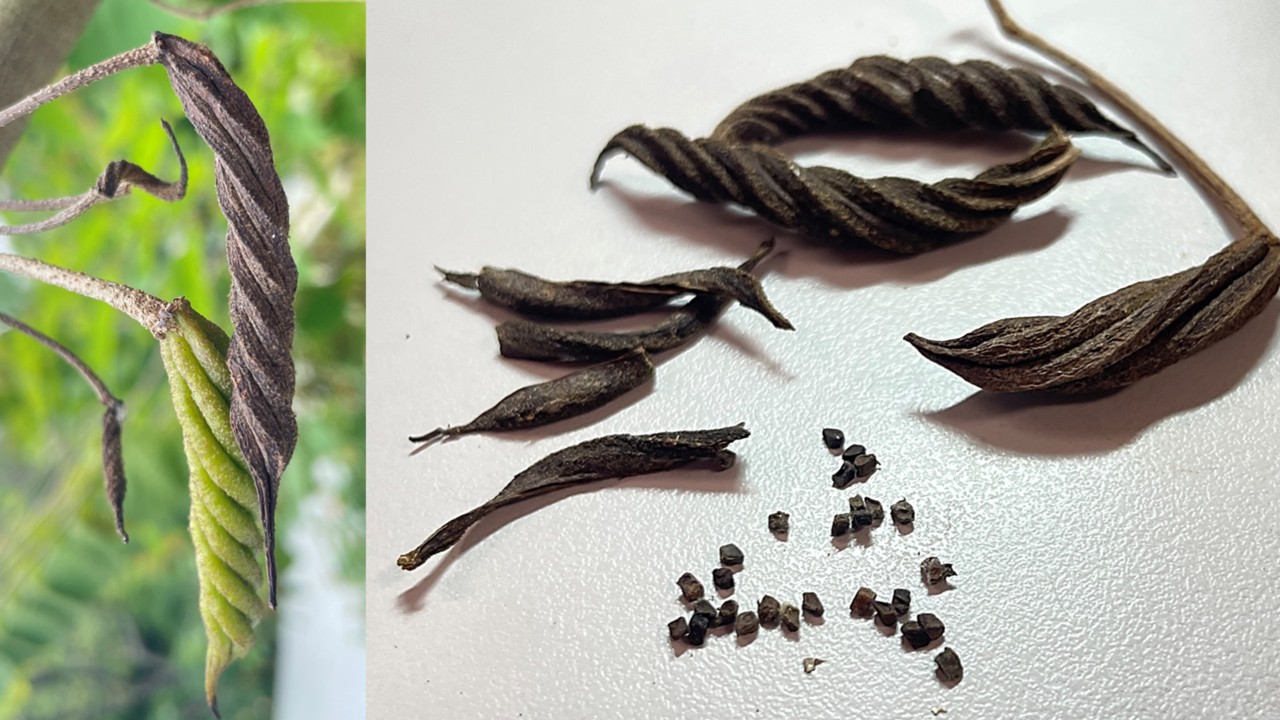 The long twisted, rope-like fruits of this species mature from a succulent pale green (left), to a dry, woody brown (right). Each of the five follicles or sections of the fruit has 15-25 small, dark seeds.
The long twisted, rope-like fruits of this species mature from a succulent pale green (left), to a dry, woody brown (right). Each of the five follicles or sections of the fruit has 15-25 small, dark seeds.
While the fibrous bark was widely used for making cordage for ropes and sacks in the 19th century, the dried fruits and bark are now more widely used. Known throughout its native tropical Asian native range and as far beyond as Iraq and South Africa for its medicinal properties, India has become one of the major exporters of this species, whose international trade exceeds 100 tonnes annually!
In Peninsula Malaysia, the dried fruits are used in herbal tonics, particularly those given after childbirth and it is listed as one of the hundred ingredients or ‘rempah ratus’ given to women to promote healing after childbirth. In Indonesia, the dried fruits are also used in jamu – herbal tonics – and are a primary ingredient in the popular Indonesian herbal remedy Tolak Angin (‘expel wind’), used to remedy everything from stomach ailments, fever, cold symptoms, and headaches. A study of the traditional medicine markets of Johannesburg, South Africa found the fruits of H. isora were the most common imported herbal medicine! Recent medical studies evaluating the dried fruit and bark extracts have shown them to have antioxidant and anti-diabetic, anti-diarrheal, and anti-cancer activities, among others functions.
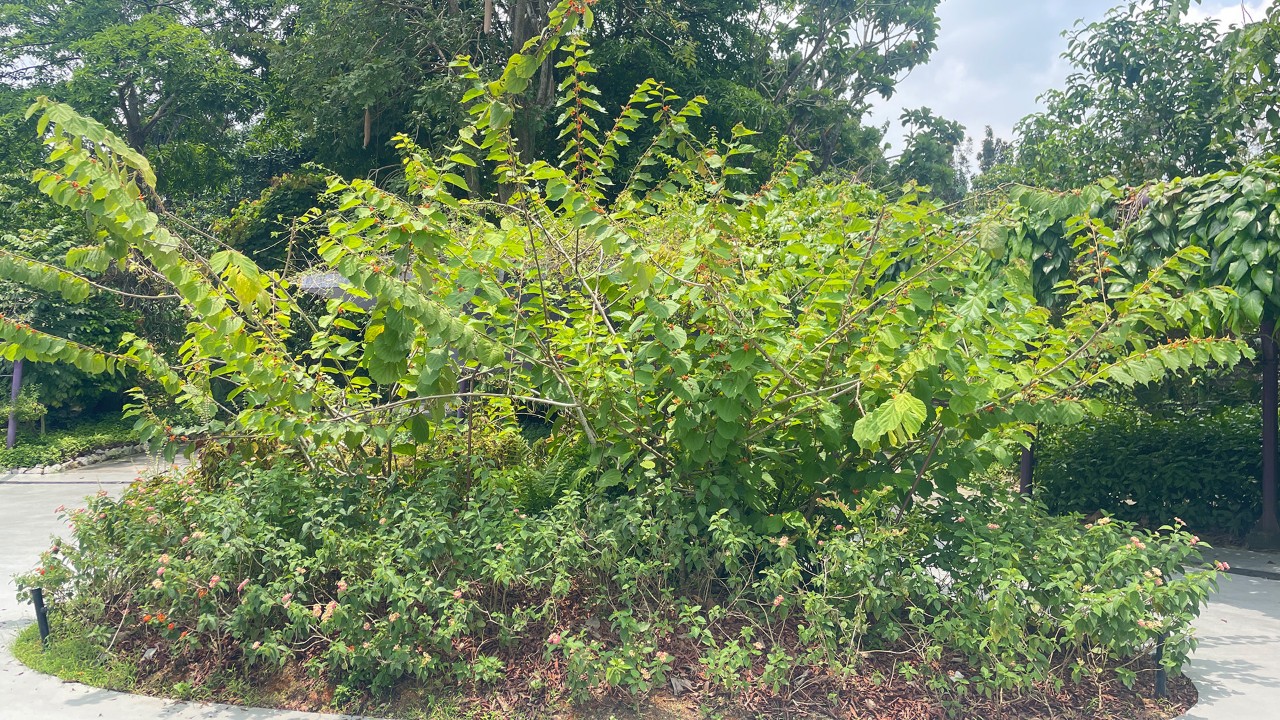 Find this sprawling shrub in one of the central planters of Fruits and Flowers Garden in World of Plants.
Find this sprawling shrub in one of the central planters of Fruits and Flowers Garden in World of Plants.
Native to the Southeast Asian region, but not Singapore itself, H. isora has great ornamental potential for its upright, gently spreading branches, large, opposite, serrated leaves and bright red flowers. Find in in Gardens by the Bay in the World of Plants, where it occupies pride of place in one of the Fruits and Flowers Garden’s central planters!
Written by: Janelle Jung, Senior Researcher (Research and Horticulture)
A transplanted pake (Hawai'i-born Chinese), she's finding her own Singaporean roots. Every plant has a story, and Janelle helps discover and share these with colleagues and guests, hoping to spark a mutual plant passion! Ask her what plant she named her cat after!
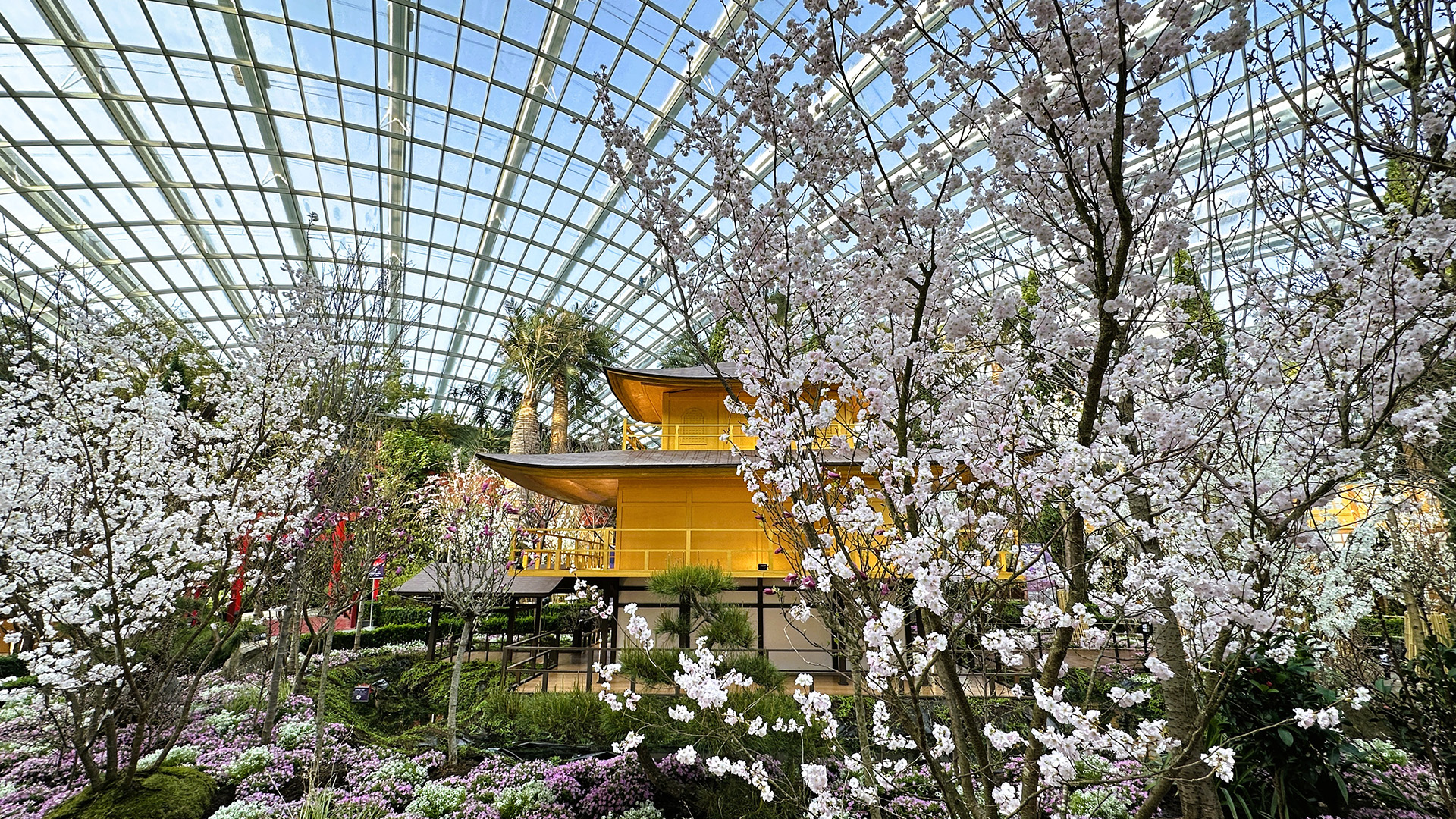
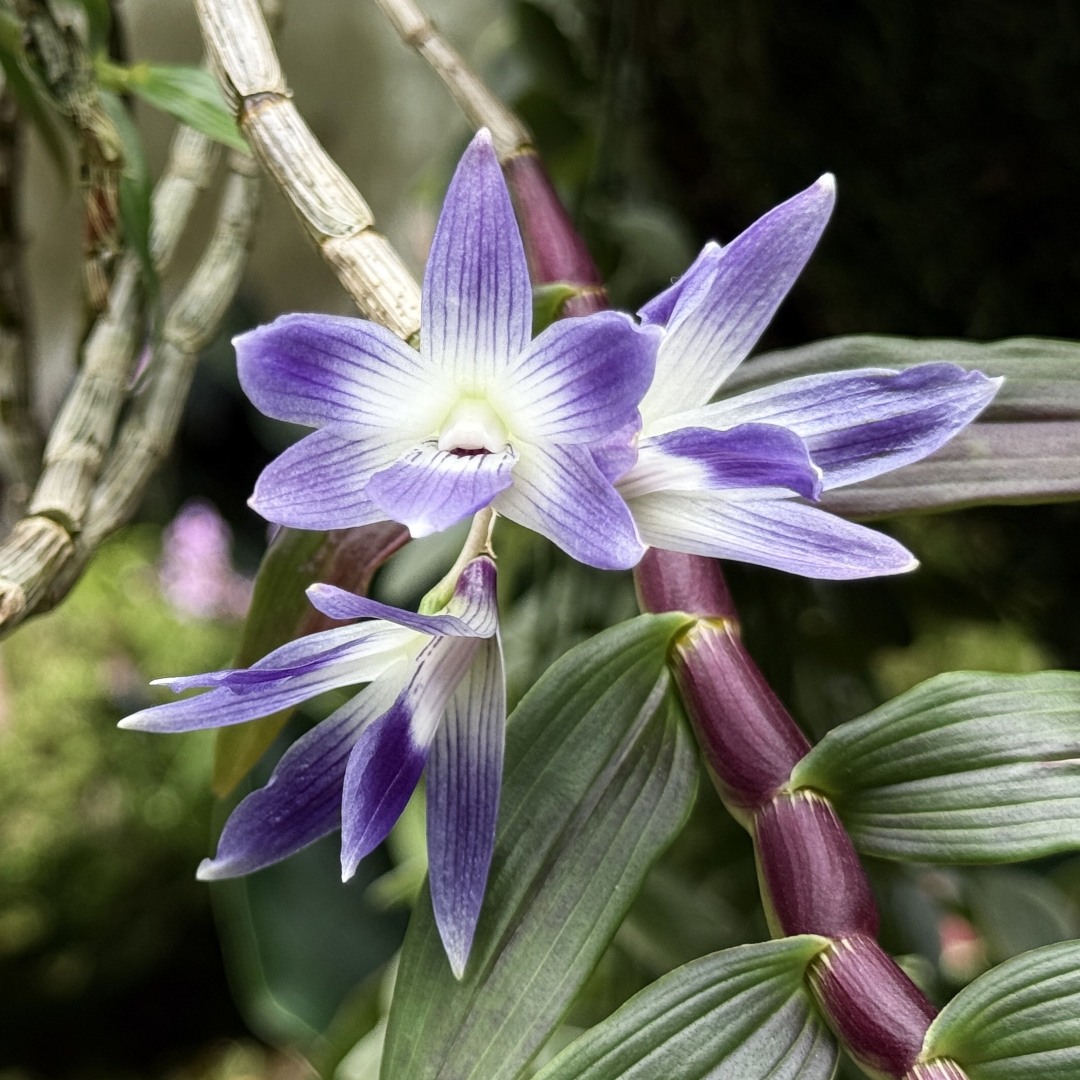
-/1000x1000-thumb-horned-tulip-01.jpg)
